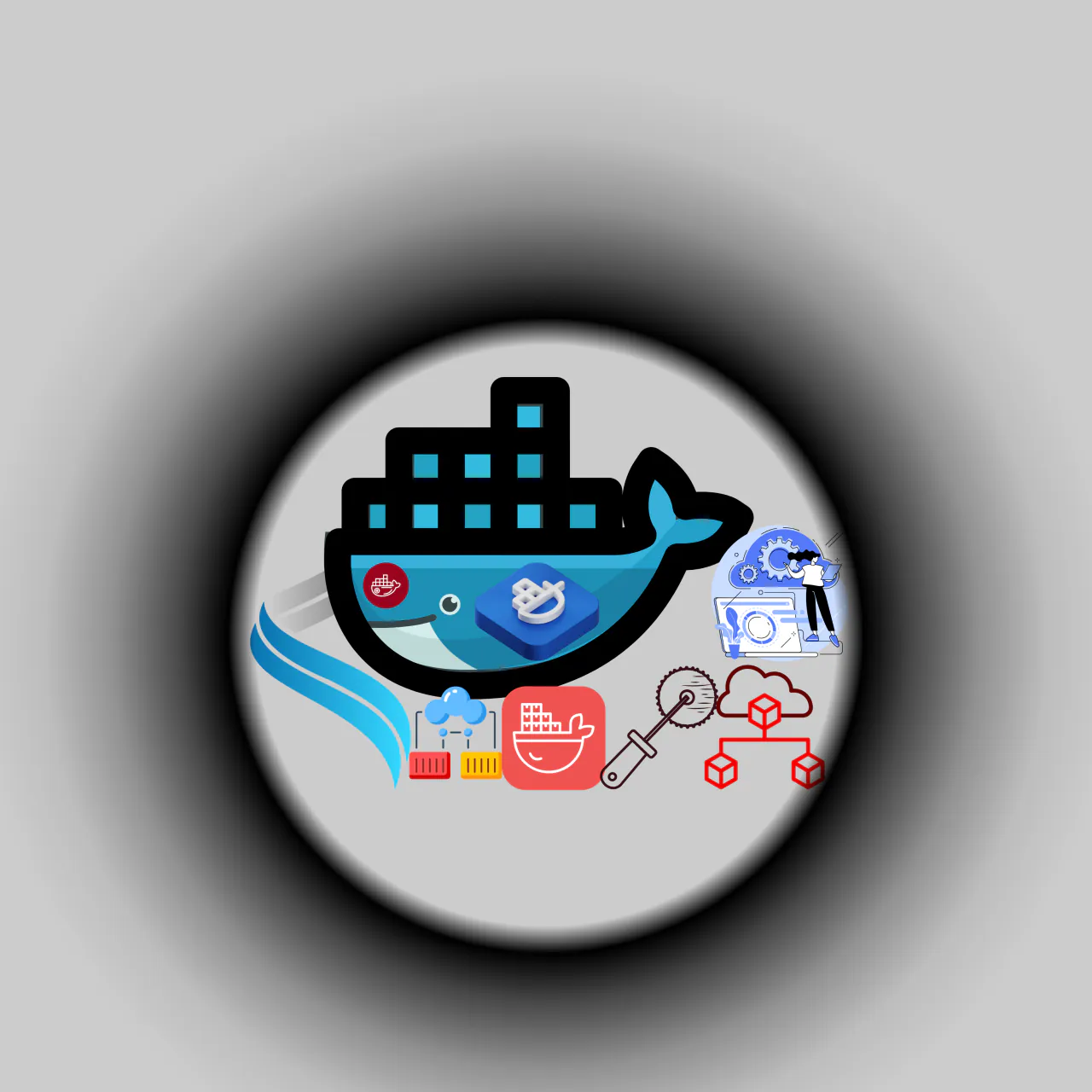Using Docker for Web Projects: How to Install and Configure It?

Using Docker for Web Projects: How to Install and Configure It?
Introduction
In recent years, Docker has become one of the most powerful and efficient tools in web development. It allows you to create isolated environments in containers, enhancing code portability and optimizing workflows. In this article, we will explore Docker installation, configuration, and full containerization of a web project from scratch.
1. Installing Docker
1.1 Installing Docker on Different Systems
Windows/MacOS:
- Download and install Docker Desktop.
- After installation, restart your system and open the terminal to check the installation with:
docker --version
Linux (Example: Ubuntu 22.04):
sudo apt update
sudo apt install docker.io -y
sudo systemctl enable --now docker
Verification:
docker --version
If you want to use Docker without root privileges:
sudo usermod -aG docker $USER
newgrp docker
2. Basic Docker Concepts
- Image – A pre-configured environment that serves as the base for containers.
- Container – A running instance of a configured service.
- Dockerfile – A file that defines how a Docker image is built.
- Volumes – A storage method for sharing data between containers.
3. Running the First Container
3.1 Running Nginx in One Command
docker run -d -p 8080:80 nginx
This command downloads and runs the nginx server on port 8080.
You can then open http://localhost:8080 in your browser.
4. Containerizing a Web Project
4.1 PHP and Apache - Creating a Dockerfile
# Base image
FROM php:8.1-apache
# Set working directory
WORKDIR /var/www/html
# Copy project files
COPY . /var/www/html/
# Expose port
EXPOSE 80
# Start Apache
CMD ["apache2-foreground"]
4.2 Building the Docker Image
docker build -t my-php-app .
4.3 Running the Docker Container
docker run -d -p 8080:80 my-php-app
5. Creating a Multi-Container Application with Docker Compose
To connect our PHP application to a MySQL database, we need a docker-compose.yml file:
version: '3'
services:
web:
build: .
ports:
- "8080:80"
volumes:
- .:/var/www/html
depends_on:
- db
db:
image: mysql:8.0
environment:
MYSQL_ROOT_PASSWORD: rootpass
MYSQL_DATABASE: mydb
volumes:
- db_data:/var/lib/mysql
volumes:
db_data:
Now, start the containers:
docker-compose up -d
To list running containers:
docker ps
6. Using Docker Volumes for Data Storage
To store persistent data, use volumes:
docker volume create my_data
And attach it to the container:
volumes:
my_data:/var/lib/mysql
7. Managing and Monitoring Docker Containers
Starting and managing containers:
docker start container_id
docker stop container_id
docker restart container_id
Viewing container logs:
docker logs container_id
Monitoring Docker processes:
docker stats
8. Best Practices for Docker Containerization
- Use a
.dockerignorefile – Similar to.gitignore, to exclude unnecessary files. - Use lightweight images – For example,
alpineversions likephp:8.1-alpine. - Store configurations externally – Use
.envfiles for environment variables. - Integrate CI/CD – Automate Docker builds and deployments in your CI/CD pipeline.
9. Conclusion
Docker simplifies web project development and deployment, ensures a consistent environment, and improves code portability. This guide provides a complete process for building, managing, and optimizing Docker-based workflows. 🚀
Do you have any questions or suggestions? Share your experience with us! 😊
Official Docker Resources
1. Docker Official Website
🔗 https://www.docker.com/
The main website where you can download Docker, explore its features, and stay updated with the latest news.
2. Docker Documentation
🔗 https://docs.docker.com/
Comprehensive documentation covering installation, configuration, management, and best practices.
3. Docker Hub
🔗 https://hub.docker.com/
The official registry for Docker images, where you can find and pull pre-configured container images.
4. Docker Compose Documentation
🔗 https://docs.docker.com/compose/
A guide to using Docker Compose for managing multi-container applications.
5. Docker CLI Reference
🔗 https://docs.docker.com/engine/reference/commandline/docker/
A detailed reference for Docker CLI commands with usage examples.
6. Docker Engine API
🔗 https://docs.docker.com/engine/api/
Official API documentation for managing Docker programmatically.
7. Docker Security Best Practices
🔗 https://docs.docker.com/security/
A guide to Docker security best practices, including container isolation and data protection.
8. Docker Official YouTube Channel
🔗 https://www.youtube.com/@DockerInc
The official YouTube channel featuring tutorials, webinars, and the latest updates.














